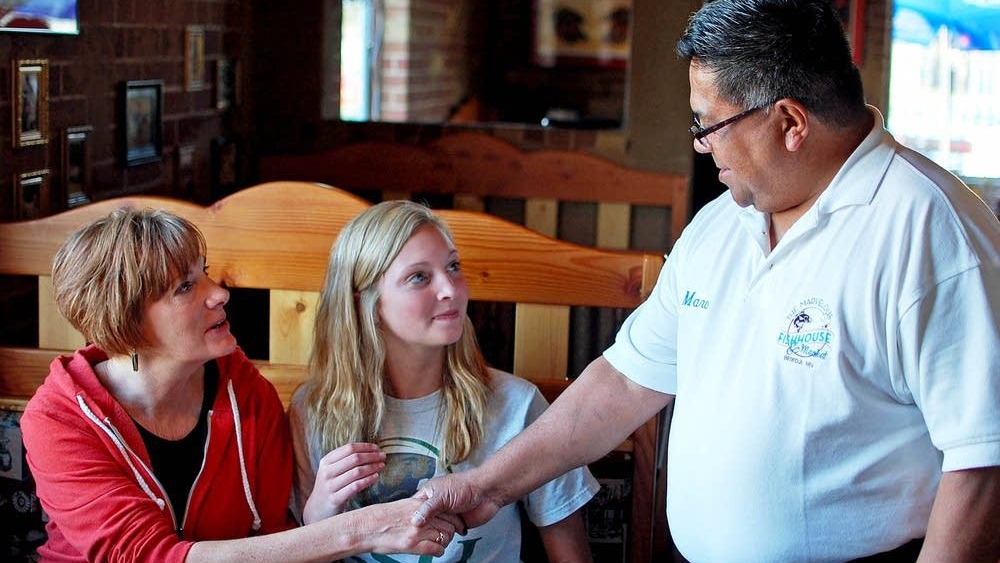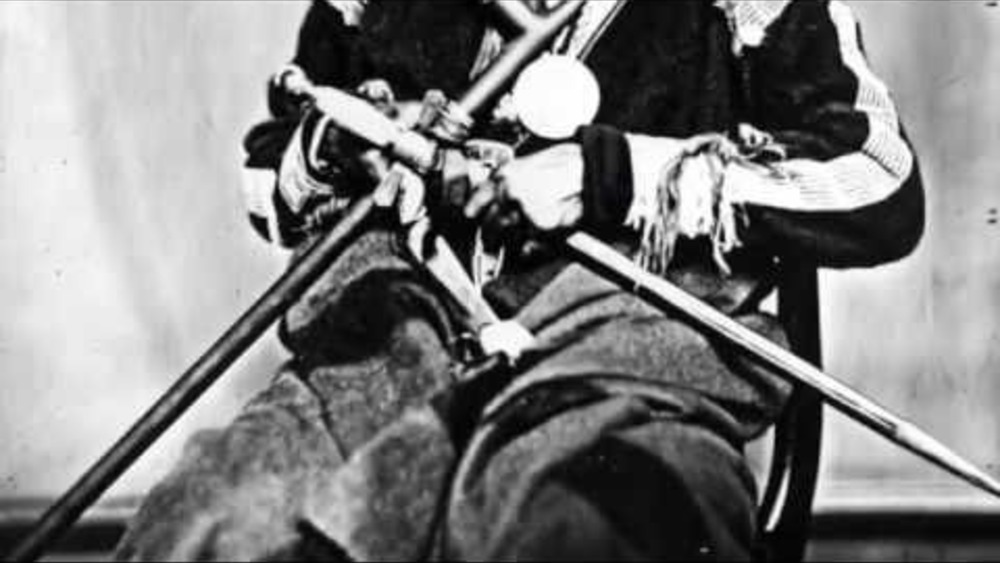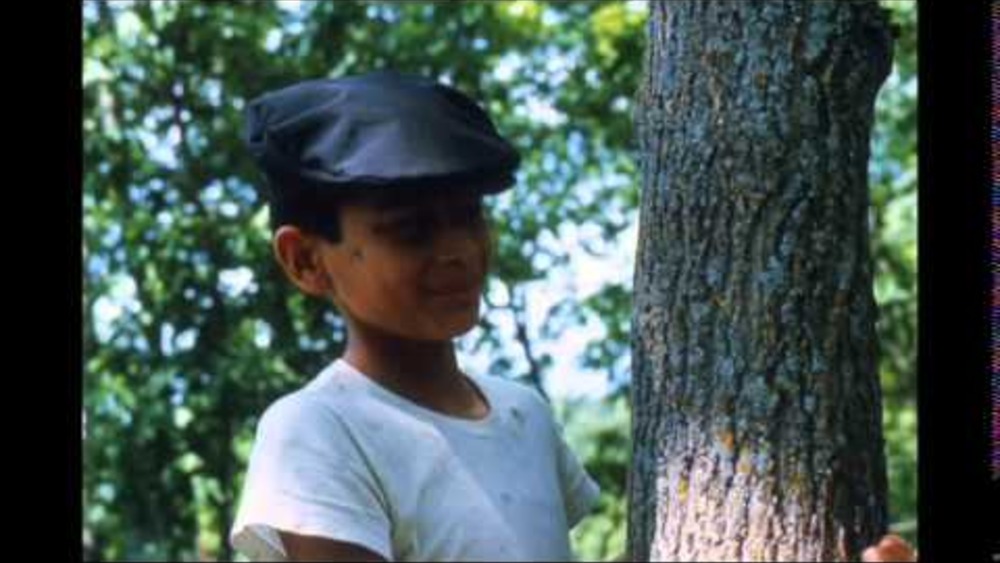Indigenous Governance Database
Red Lake Band of Chippewa Indians

Business loans aim to boost Native American entrepreneurship
Even though the city of Bemidji is surrounded by three Indian reservations, there have been few Native American-owned businesses in town. Now, a Red Lake tribal member has opened a new restaurant. It's believed to be the first American Indian-owned restaurant in the city. Owner Marv Hanson tapped…

Indoodem: Who is a Red Lake Ojibwe, the Making of the Red Lake Constitution
Produced by the Red Lake Constitution Reform Committee, "Indoodem" provides Red Lake Nation citizens and others with information on clan systems and enrollment in the Red Lake Nation. The film documents the origins of blood quantum and traditional ways of knowing who was a part of the community.…

Aangwaamas! It's Time!: The Making of the Red Lake Constitution
Produced by the Red Lake Constitution Reform Committee, "Aangwaamas!" provides Red Lake Nation citizens and others a short overview of the nation's constitutional history and why it is now time to develop a new constitution capable of supporting Red Lake in the 21st century and beyond.
Pagination
- First page
- …
- 1
- 2
- …
